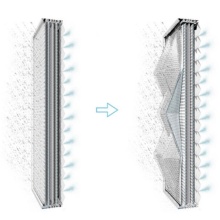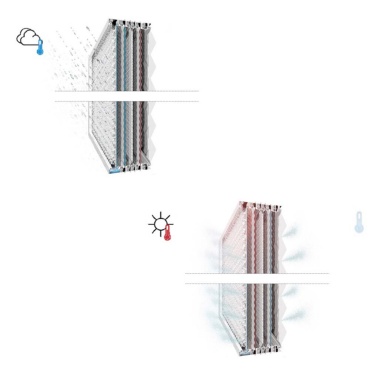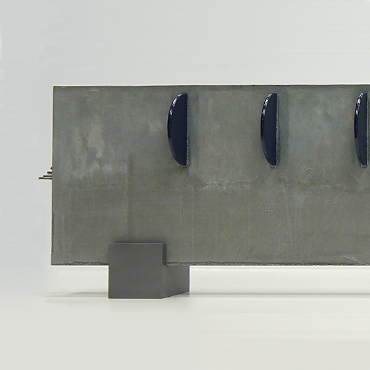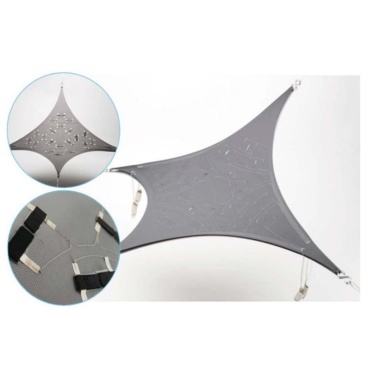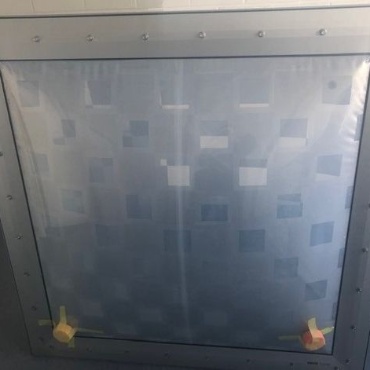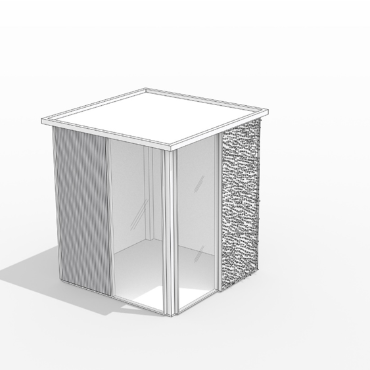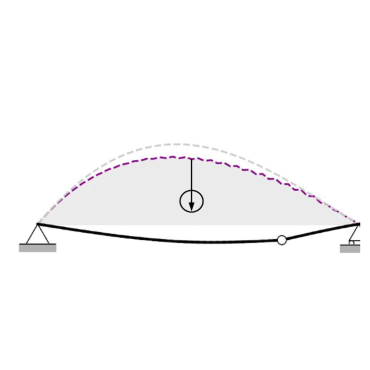The CRC 1244 Adaptive Skins and Structures for Tomorrow's Built Environment aims to show ways to build more in the future with less material, less waste and fewer emissions. At the same time, residents or users of buildings should feel better physically and psychologically in their built environment than before.
The key to implementing these goals is the integration of adaptive elements into supporting structures, the skin system and interior design. Adaptivity is understood here as the purposeful variability and thus the adaptability of the geometry, the material and the component properties as well as the resulting overall appeal of a building.
In project C, the integration of adaptive elements in both the supporting and non-structural structures of a building is examined. Thus, in this project area the structural design as well as the building physics and their positive influence on the user comfort are in focus.
Accordingly, the integration of actuators into structural components is primarily concerned with linear beam-shaped and flat plate-shaped supporting components. The integration of sensory functions should, however, be carried out in particular in the area of flat building skins. Thus, in project area C, the major skin as well as structure-forming components of buildings are processed.
In the projects C01 to C05, dedicated sensor and actuator integrations into components are examined. The aim is to gain knowledge of the principle technological feasibility as well as the realizable actuarial time, force, and deformation scales and the sensor data to be achieved. The approaches of the project area C are broadband selected, in order to be able to provide for the Collaborative Research Center a technology portfolio for the various requirements of the construction industry by way of example.
Subproject Leader of Project C - Integrative Components:
Prof. Dr.-Ing. M.Arch. Lucio Blandini, Institute for Lightweight Structures and Conceptual Design


